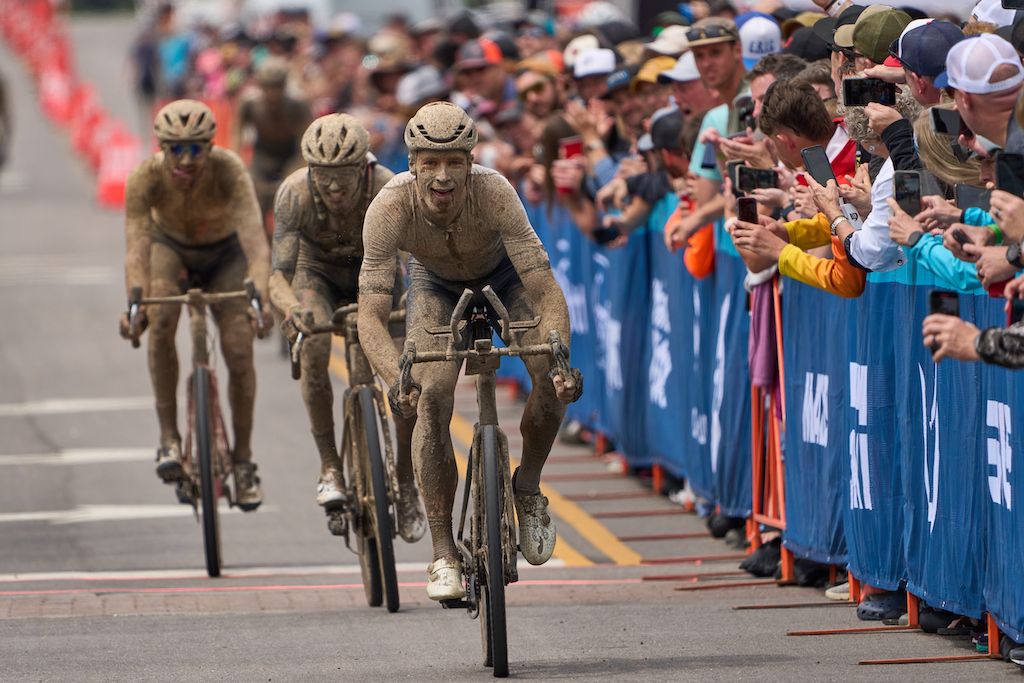The use of aero bars in gravel racing has been a highly-debated, hot-button topic in recent years, with professional racers weighing a range of concerns versus benefits across some of the biggest events in the United States.
A new rule banning them in the elite categories at Unbound Gravel could have caused another uproar, but Cyclingnews found out that many of the discipline’s key contenders in the pro ranks are moving away from what has been one of many traditions and used for comfort in ultra-distance gravel riding, and are now in agreement with the rule for the elite fields.
The riders have cited some of the main advantages of banning aero bars, which include lighter bikes, increased safety, clearer boundaries, less confusion and tension, fairer racing, and even “looking cooler” or “less silly” as some of the reasons to say good riddance to aero bars among the elites at Unbound.
Unbound Gravel organizers’ new rule that removes aero bars from the elite categories stipulates, “No aero bars, bar extensions, or clip-on attachments of any kinds will be permitted.”
The two most surprising riders who are in agreement with the new ban on aero bars at the event in the elite categories are defending champions Ivar Slik and Sofía Gómez Villafañe. Both riders used aero bars when they won the men’s and women’s titles, respectively, in last year’s edition of Unbound Gravel 200.
“I am happy with the ban on aero bars for the pro riders at this year’s Unbound. Last year, I rode Indeed with aero bars, but I don’t think the outcome would change if I rode without them. I’m happy that the rules are now clear, and I don’t think it will affect the way the event will be raced this year because it’s the same for everyone,” Slik told Cyclingnews.
“Of course, it gives you a significant aerodynamic advantage if you’re in the time trial position and at some parts of the course, it’s more comfortable. On the other hand, it has some disadvantages like more weight, and it’s less aerodynamic when you have aero bars, but you are not using them, and in last year’s race, I used them for approximately 15% of the race, because I was never in a group of fewer than four riders, and so then you don’t ride much in the time trial position.”
In addition, last year, Slik won the race on a sponsored Wilier Rave SLR with a one-piece Filante SLR cockpit and 3D-printed custom mounts to allow for Profile Design aero bars to be fitted to the aero handlebars.
He told Cyclingnews that he chose to…
Click Here to Read the Full Original Article at CyclingNews RSS Feed…

